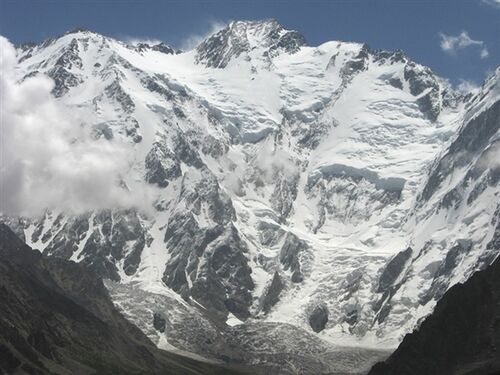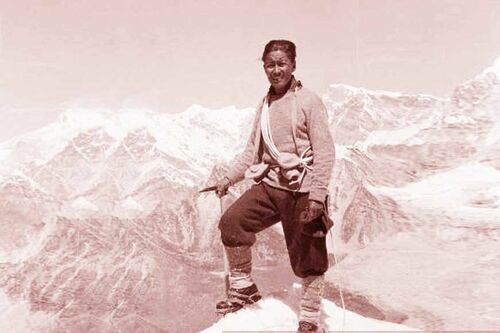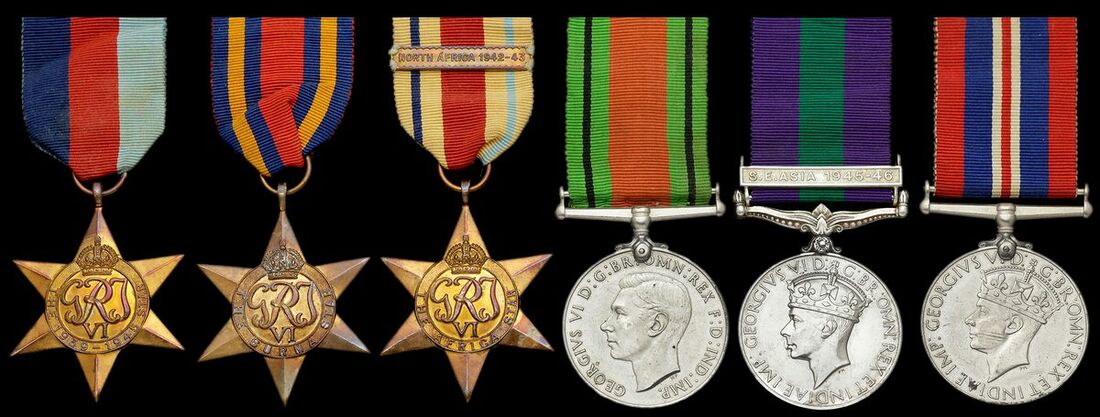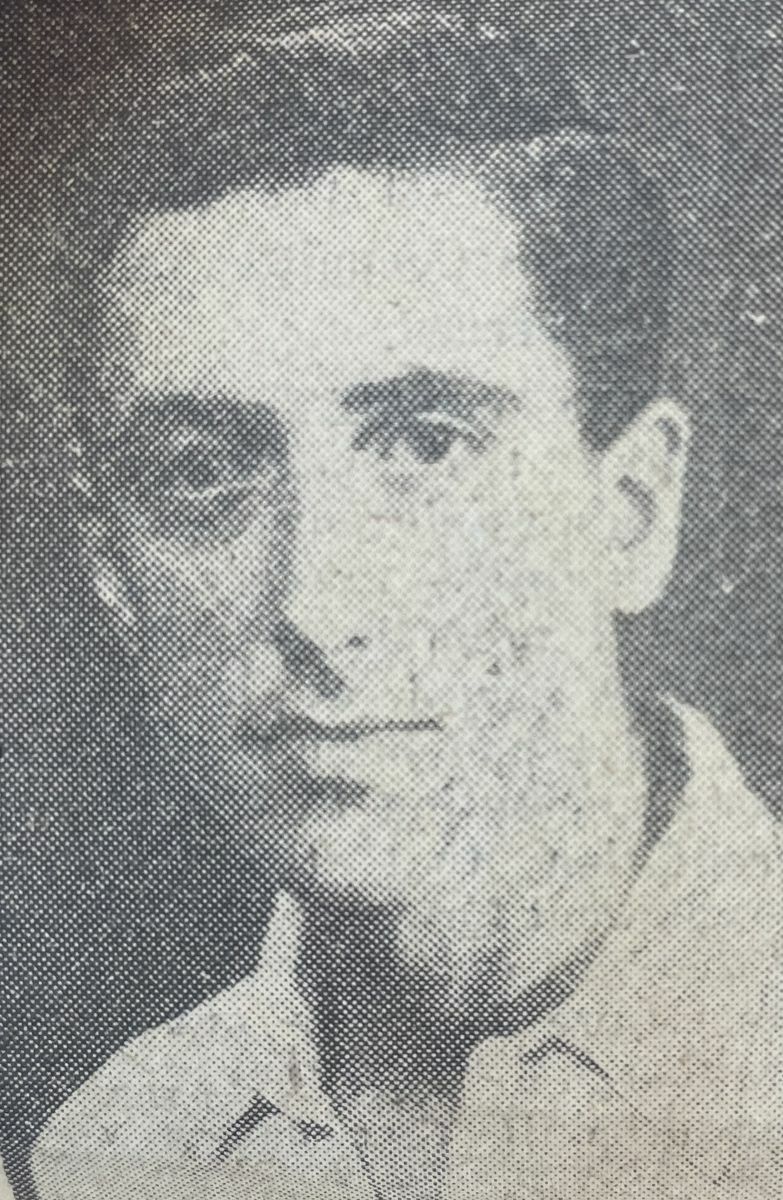Auction: 23001 - Orders, Decorations and Medals
Lot: 195
'Especially Thornley, who was a tremendously determined man, and seemed almost to gain strength from labour and hardship. Indeed, looking back on my lifetime in the mountains, I will say that he was the most powerful climber I had ever seen.'
A fine endorsement indeed, from none other than the legendary Sherpa Tenzing
The campaign group of six awarded to Captain J. W. Thornley 3/8th Gurkha Rifles, late The Queen's (Royal West Surrey) Regiment and Royal Armoured Corps, who lost his life climbing Nango Parbat in December 1950
1939-45-Star; Africa Star, clasp, North Africa 1942-43; Burma Star; Defence and War Medals 1939-45; General Service 1918-62, 1 clasp, S. E. Asia 1945-46 (Capt. J. W. Thornley. G.R.), initials and surname officially corrected, very fine (6)
James Whittaker Thornley, a native of Southport, was born in 1921. Educated at King George V School and Liverpool University, he enlisted in The Queen's (Royal West Surrey) Regiment on 10 March 1942. Transferred to the Royal Armoured Corps as a Trooper on 18 March 1943, he was commissioned 2nd Lieutenant on 20 February 1944. Latterly serving in Burma and South East Asia as a Captain, it was as an explorer that Thornley further carved his name into history.
In late 1950 he was on an expedition to collect samples of wildlife and flowers in the mountains of the Himalayas, when reported missing with another comrade on Nagna Parbat. The mountain stands at 8,126m and had not been crested since the first ascent in 1895. The party would attempt to summit via the Rakhiot Face; an account of the expedition and his loss by the only survivor, R. M. W. Marsh, was published in the Himalayan Journal:
'J. W. Thornley, W. H. Crace and I decided to attempt a winter reconnaissance of Nanga Parbat when, in October 1950, after we had been out in the field for three weeks, our plans for spending a year in the north Karakoram were unexpectedly shattered. It was our only alternative to returning home.
We did not intend to go high; our object was to see what winter temperatures, snow, and avalanche conditions would be like. Base camp at 12,500 feet was fully established by 11th November, and on the 12th we occupied Camp I at 14,650 feet. Our four Sherpas were unwilling to sleep above Base Camp and we carried on alone, relaying food and equipment. On the 16th I returned to base with frost-bitten toes. Crace and Thornley were going on for a short way, and we saw them on most days until 1st December, when they were moving up strongly, carrying loads at about 18,000 feet. We saw them stop and pitch a tent but did not see them again. For the next three days the tent was visible: then there was a heavy storm, and that, too, had disappeared. Two of the Sherpas and I went up after them, but we were unable to reach the place where they had last been seen. Later, planes searched the mountainside without spotting anything.
Their food-supplies were sufficient to last until 19 December, and on 26 December we gave up hope and left the mountain. Thornley and Crace were both extremely determined.
Thornley, for instance, marched 165 miles to Nanga Parbat over the Babusarr pass, wearing a pair of gym shoes, in six days, and was in no way fatigued at the end. They were a fine pair of friends, and it took an expedition of this sort, where we lived close, in difficult conditions, to bring out fully the great qualities of endurance, patience, and kindness which were so characteristic of them. I am sure they wish for no better tribute than that when they were last seen they were still going up and still going strong.'
One of their Sherpas on that expedition, who went to try and rescue them, was none other than Tenzing - little more need be said about his exploits. However it was clear that the skills and strengths of Thornley carved themselves into his memory. Nanga Parbat would finally be submitted in July 1953 by the German–Austrian expedition under Hermann Buhl. It would also claim the life of Günther Messner in 1970. The Thornley Society at King George V School was also named after him. His body remains on the mountain; sold together with newspaper clippings and copied research.
The diary of Crace, which had been lost during the storm which cost the life of Thornley, was found during the 1971 Czech Expedition and is held at the National Archives. Photographs of it were used in Nanga Parbat by Arno Puskas and Ivan Urbanovic.
Subject to 20% VAT on Buyer’s Premium. For more information please view Terms and Conditions for Buyers.
Sold for
£240
Starting price
£210











